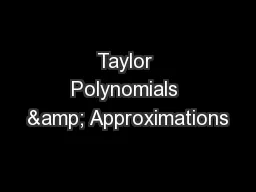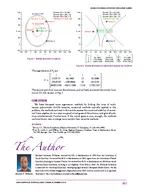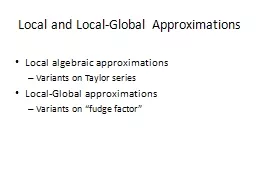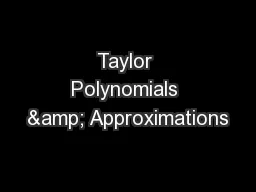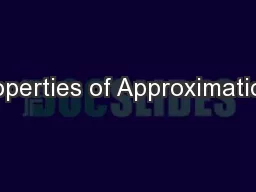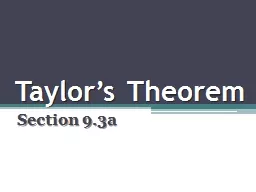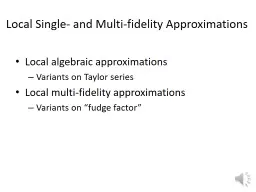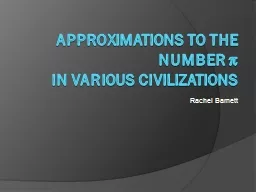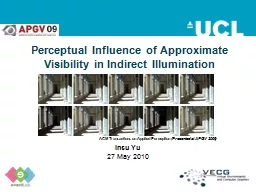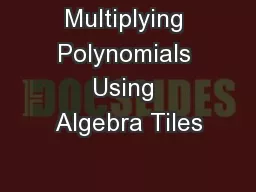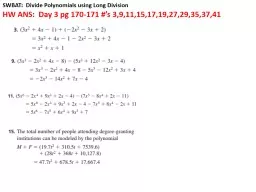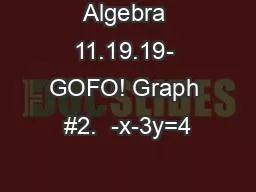PPT-Taylor Polynomials & Approximations
Author : karlyn-bohler | Published Date : 2018-03-06
Section 87 AP Calculus Taylor Polynomials are used to show that polynomial functions can be used as approximations for other elementary functions To find P to approximate
Presentation Embed Code
Download Presentation
Download Presentation The PPT/PDF document "Taylor Polynomials & Approximations" is the property of its rightful owner. Permission is granted to download and print the materials on this website for personal, non-commercial use only, and to display it on your personal computer provided you do not modify the materials and that you retain all copyright notices contained in the materials. By downloading content from our website, you accept the terms of this agreement.
Taylor Polynomials & Approximations: Transcript
Download Rules Of Document
"Taylor Polynomials & Approximations"The content belongs to its owner. You may download and print it for personal use, without modification, and keep all copyright notices. By downloading, you agree to these terms.
Related Documents

